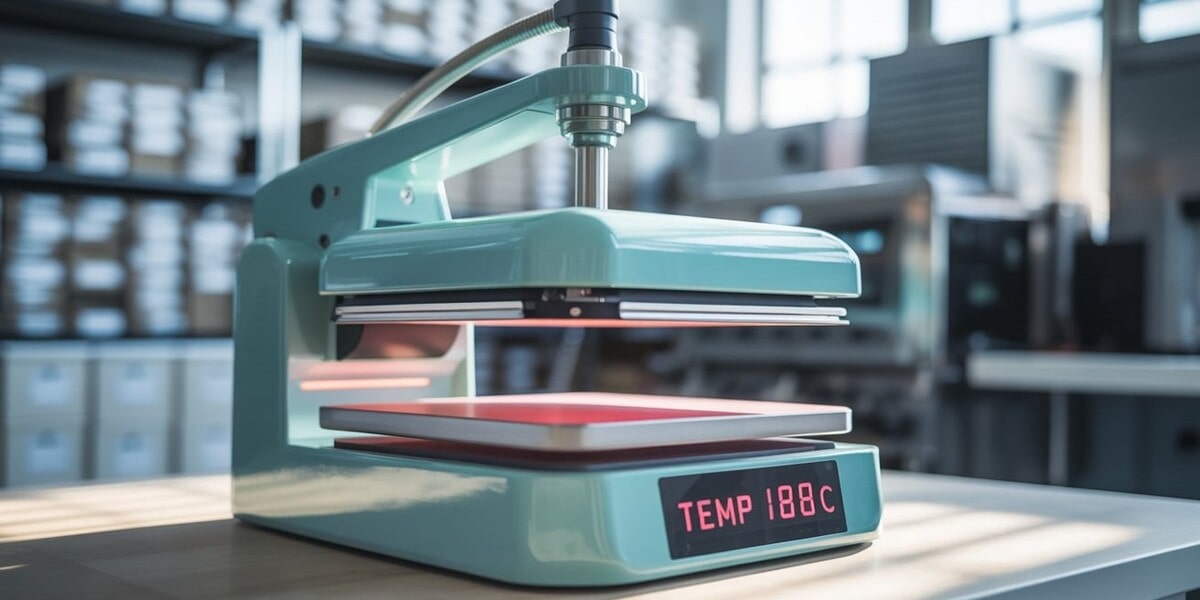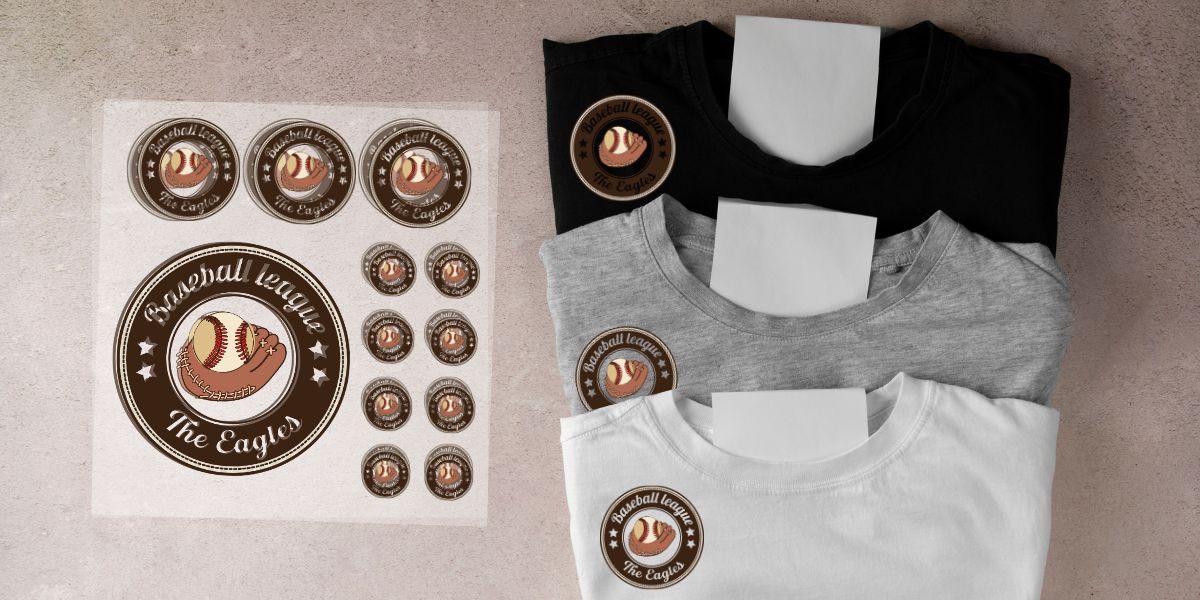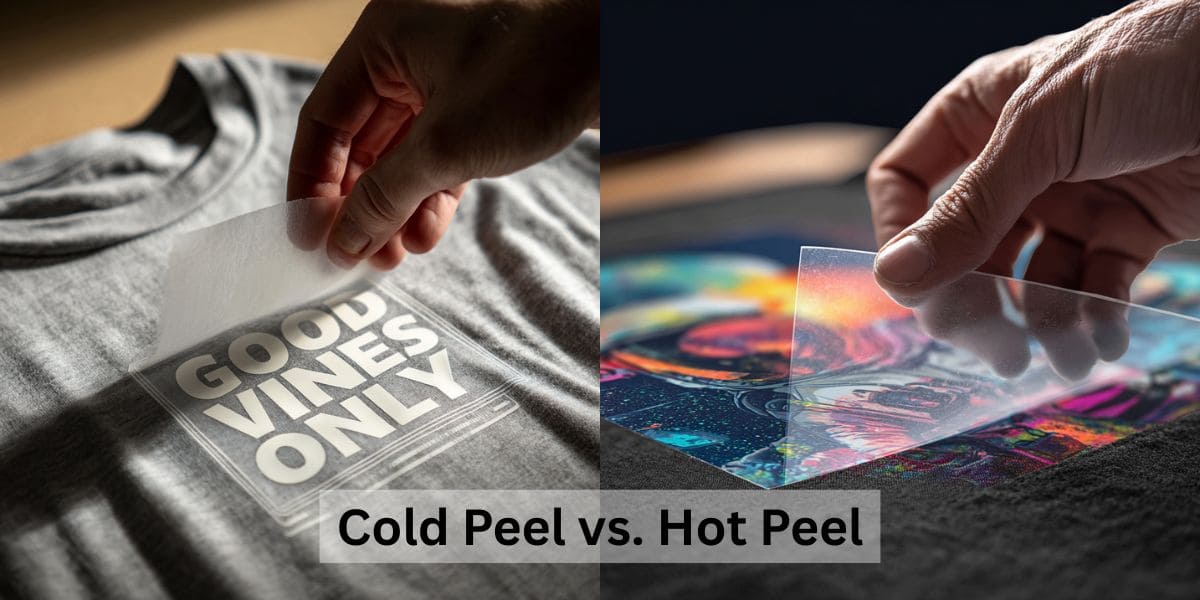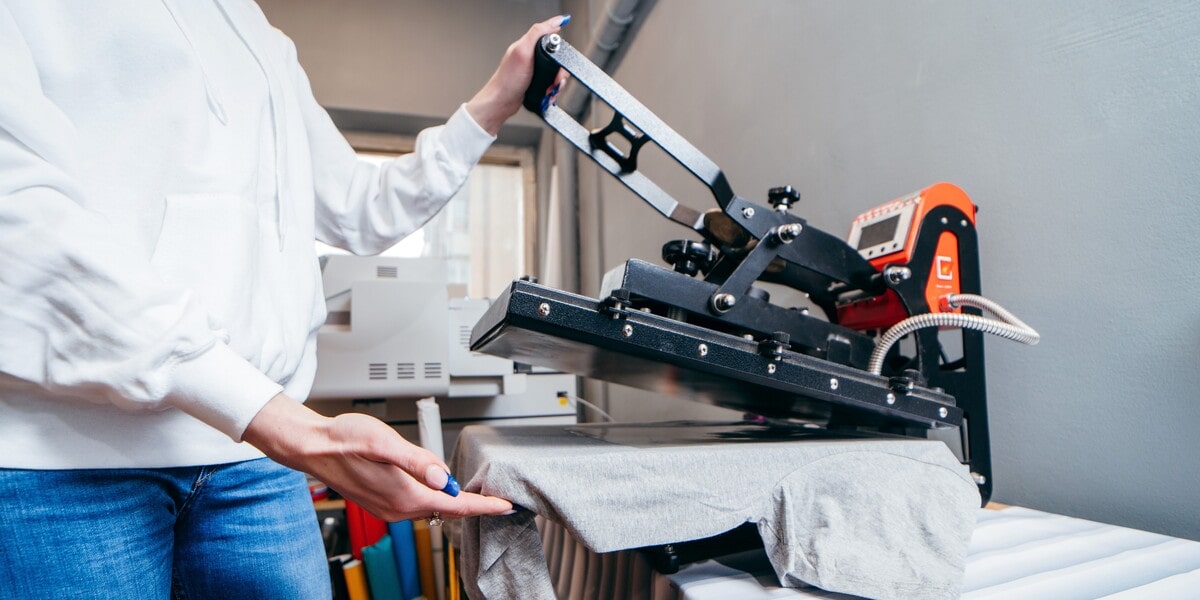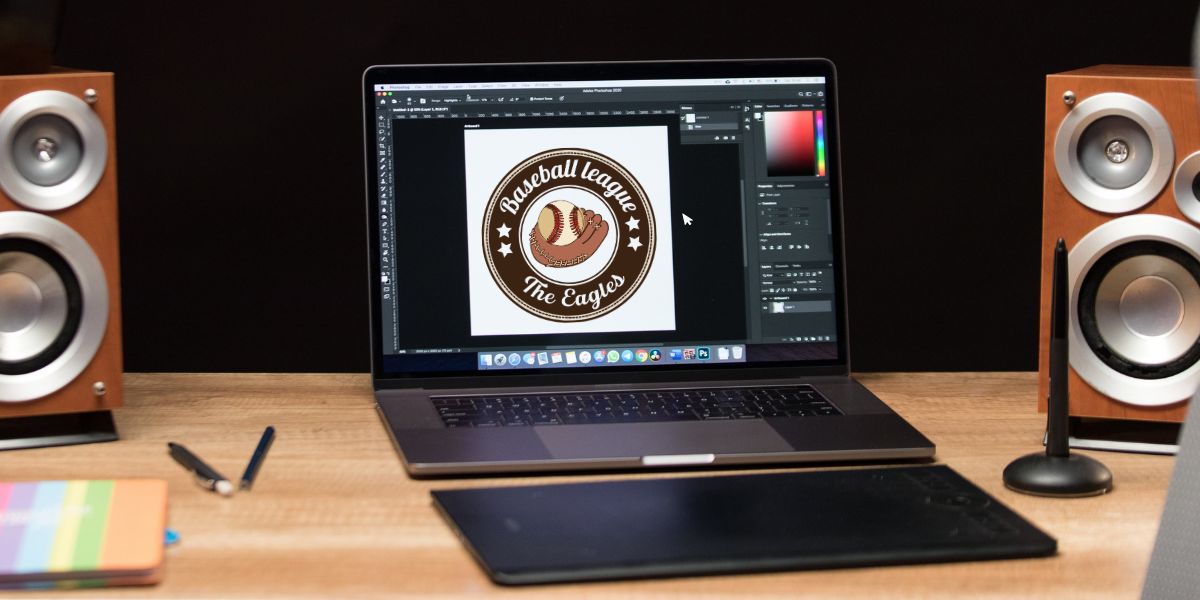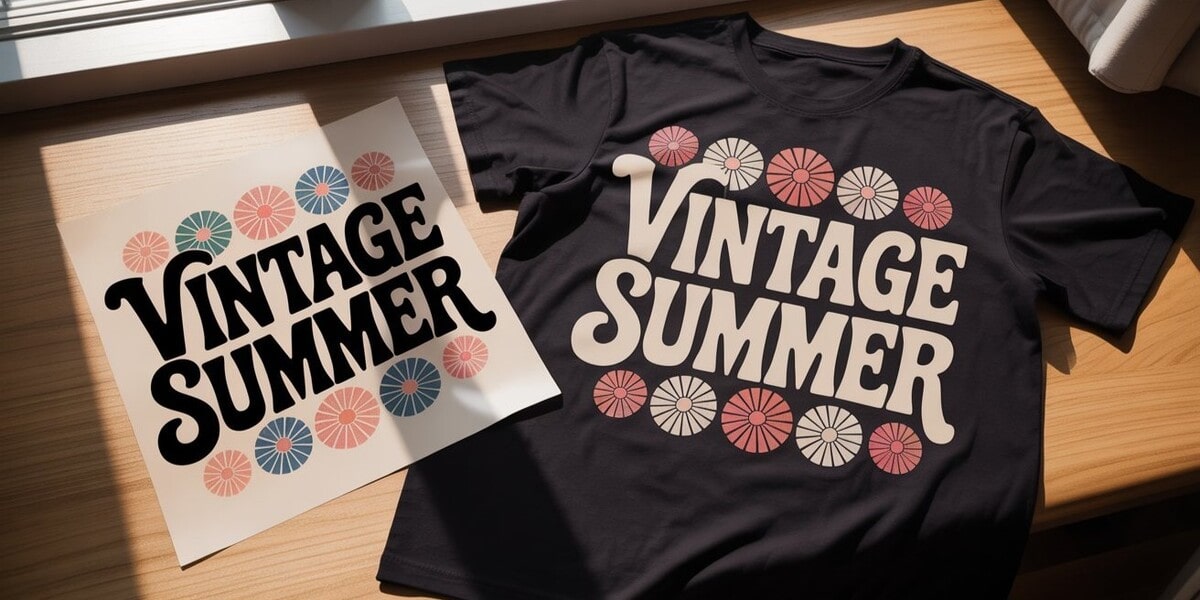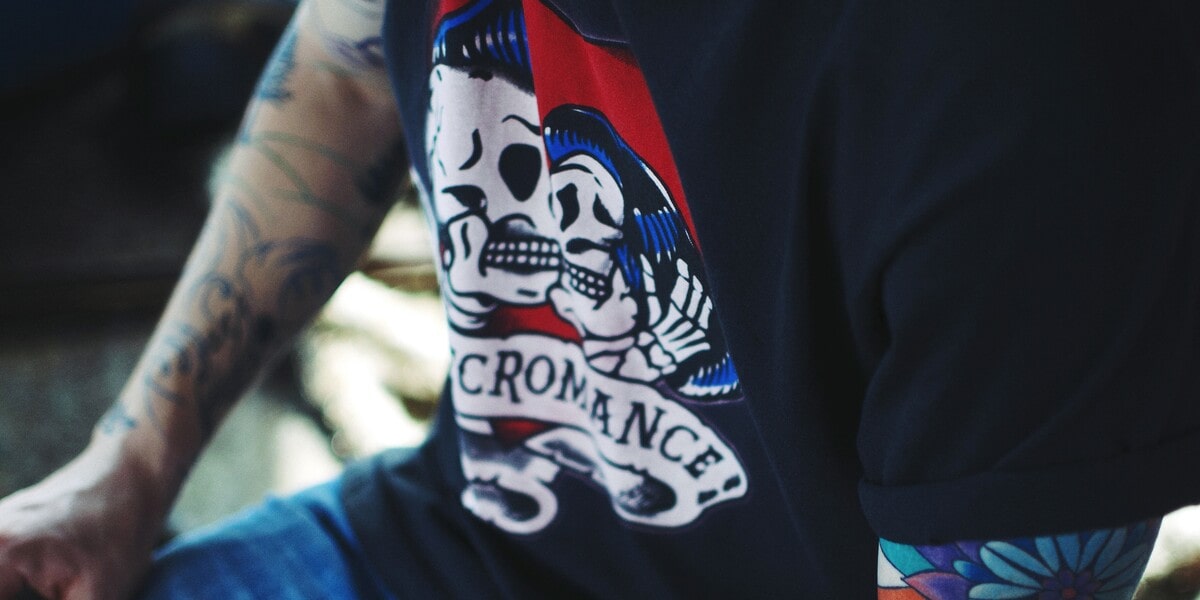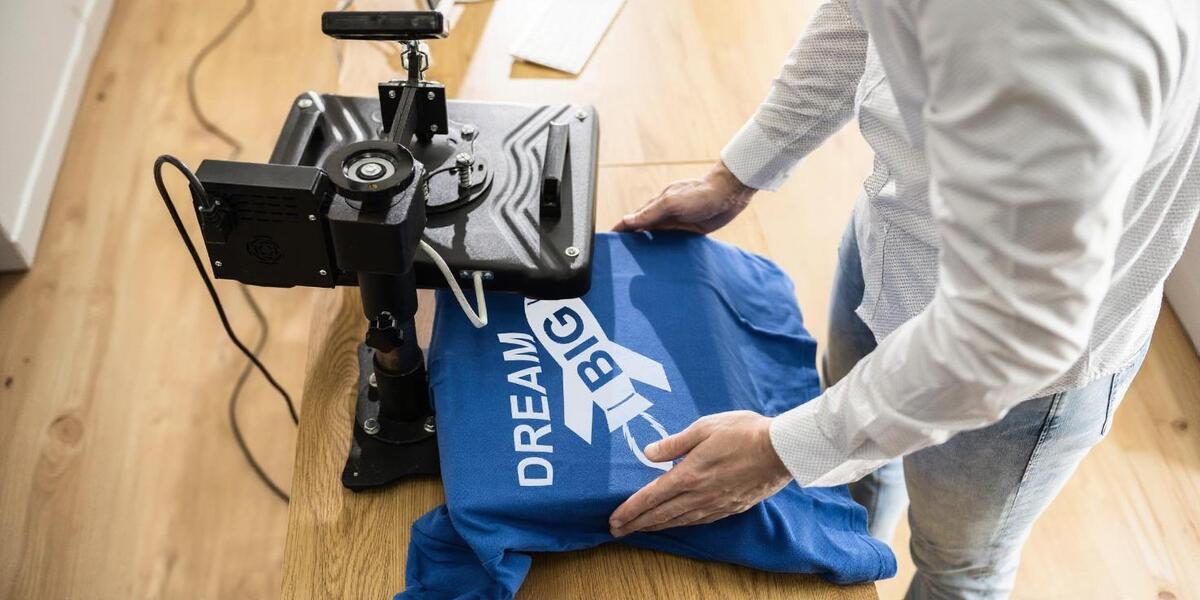DTF vs Screen Printing: Which one is more worth investing in?
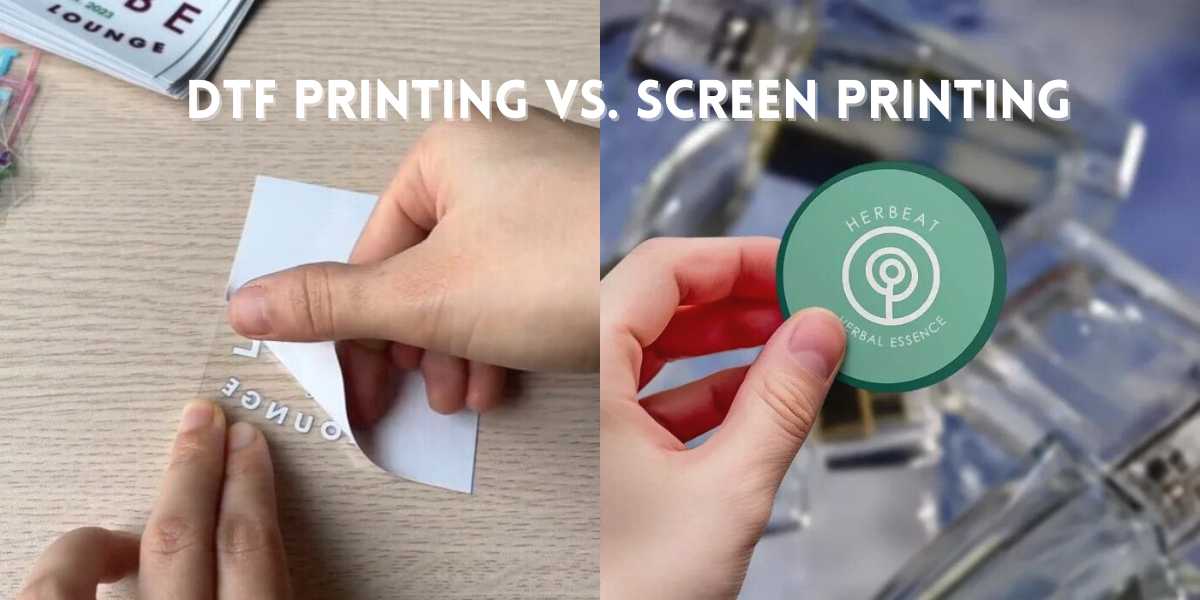
Are you contemplating investing in a printing technique for your T-shirts, stickers, or any other print-on-demand products, but unsure whether to choose DTF or Screen Printing?
These 2 methods are all renowned for their ability to produce high-quality prints. However, when it comes to investing your time and resources, it’s crucial to determine which method offers the suitable result and the most value.
That’s why in this blog post, we will tackle the question: “DTF vs screen printing: which is better printing method to invest?” by breaking down the differences between screen print vs DTF. By doing so, you can choose one that is best suited to your printing requirements and goals. Let’s find out!
Understanding Screen Printing
Screen printing is a traditional and versatile printing technique that involves the application of ink onto a substrate through a fine mesh screen.
The process begins by creating a stencil, or screen, which is tightly stretched over a frame. The areas that do not require printing are blocked, leaving only the desired design exposed. Ink is then applied to the screen and forced through it onto the substrate using a squeegee, creating the final printed image.
Screen printing excels in various areas, including the production of custom clothing, canvases, artwork, posters, and stickers, particularly vinyl stickers. This technique allows for precise and high-quality prints on vinyl, resulting in durable and long-lasting stickers with vibrant colors and sharp details.
One of the key strengths of screen printing is its cost-effectiveness for large quantities. Additionally, screen prints are known for their durability, making them suitable for applications that require longevity, such as outdoor signage and clothing. This method also supports special materials like metallic ink or glow-in-the-dark stickers.
However, screen printing does have some limitations. It involves more equipment and setup costs. With screen printing, each color in a design necessitates a separate screen. This makes it a more expensive option for small-scale printing businesses.
Moreover, the setup process and production time for screen printing will take time, as each screen needs precise alignment and registration to ensure accurate color placement.

Understanding DTF Printing
DTF printing, or Direct to Film Printing, is a technique that involves transferring ink directly onto a film, which is then applied to the desired substrate. For a more detailed description of DTF printing and how it works, read our article “What is DTF printing and How does it work?“
DTF pros and cons:
One of the main advantages of DTF printing is that it produces high-quality prints with sharp details and vibrant colors. Additionally, DTF printing is considered to be more environmentally friendly compared to traditional printing methods, as it reduces the use of chemicals and water.
However, it is important to note that DTF printing can be more expensive compared to other printing techniques.

DTF vs Screen Printing: side-to-side comparison
Now that we have covered the fundamentals, let’s delve deeper and compare DTF vs screen printing. We will compare Direct to Film vs Screen printing based on 5 factors:
Print Quality and Longevity
In terms of print quality, both DTF vs screen printing can produce excellent results.
DTF printing offers high-resolution prints with sharp details and vibrant colors.
Screen printing also delivers impressive results with bold and vibrant colors. However, screen printing may not be as effective in capturing intricate details as DTF printing.
When it comes to longevity, both DTF vs screen printing are known for their durability. Both printing techniques can withstand regular washing and wear without significant fading or cracking.

Customization
DTF printing provides excellent customization options as it allows for the printing of complex and detailed designs with full colors. It can reproduce fine details and gradients with accuracy.
Conversely, screen printing may face limitations when it comes to intricate designs and gradients, making it more suitable for simpler artwork with a large area of each color. However, screen printing offers customization through the use of different inks, special effects such as metallic or holographic.
Application
In terms of versatility in application, DTF printing is mainly used for textiles but can also be applied to many other substrates such as ceramics, cardboard, and leather. Meanwhile, screen printing is highly versatile and can be used on a variety of materials (as long as they are flat), including textiles, paper, plastic, glass, and metal.
Costs
DTF printing is particularly suitable for small to medium-sized print runs. It has lower set up costs compared to screen printing, as it requires minimal equipment and setup time. DTF printing also eliminates the need for screen preparation, which can be costly in screen printing.
So, is screen printing expensive? This method may cost you more than DTF printing does because it requires more materials and tools.
Nevertheless, screen printing becomes more cost-effective for large quantities, and setup costs can be dispersed over a larger number of prints. It is widely used in the garment industry for mass production and vinyl sticker printing as it offers cost-effective solutions for high-volume orders.
Environmental Considerations
When it comes to environmental impact, DTF printing is considered more environmentally friendly compared to traditional screen printing.
DTF printing eliminates the need for harsh chemicals and excessive water usage, resulting in reduced waste and a smaller ecological footprint.
After analyzing the differences about DTF vs screen printing, here is the short comparison chart for you to capture the main information and decide “DTF printing vs screen printing”, which is more suitable for you.
| Factors | DTF Printing | Screen Printing |
| Print Quality and Longevity | – High-resolution prints- Sharp details and vibrant colors- Durable | – Bold and vibrant colors- Not for intricate details- Long-lasting |
| Customization | – Excellent for complex and detailed designs- Reproduces fine details and gradients | – Limited for intricate designs and gradients- Wide range of customization options |
| Application | – Textiles and not-textiles | – Textiles, paper, plastic, glass, and metal, etc… |
| Costs | – Lower setup costs and minimal equipment | – Higher setup costs, but cost-effective for large quantities |
| Environmental Considerations | – Eliminates the use of harsh chemicals – Less water usage | – Requires harsh chemicals and water |
DTF vs Screen Printing: Which one is more worth investing in?
After knowing the difference between screen print and DTF, it’s obvious that DTF vs screen printing both offer their own set of advantages and considerations. So, when considering which printing method to invest in, we have some suggestion for you:
DTF is your best option if:
- Cost-effectiveness is your priority: DTF printing requires less setup and equipment investment than screen printing. This is an affordable option, particularly for those who are on a budget.
- You are looking for quick turnaround time printing: DTF printing process akes less time compared to screen printing, because it eliminates the need for multiple screens and color registration.
- You need vibrant and intricate designs: DTF printing allows for the reproduction of fine details and complex designs with high levels of vibrancy and color accuracy.
Screen printing is your best option if:
- Large volume productions: Screen printing is highly efficient for large-scale production runs. Once the screens are set up, printing can be performed quickly and consistently, making it a cost-effective option for high quantities.
- Specialized inks and effects: Screen printing offers the flexibility to work with specialized inks, such as metallic or glow-in-the-dark inks, and incorporate various special effects into designs.
Overall, the choice between DTF vs screen printing depends on specific printing requirements, budget limitations, and desired print outcomes.
Conclusion
In conclusion, the decision between purchasing DTF vs screen printing ultimately depends on your unique requirements and priorities. It is crucial to take into consideration the pros and cons of each method.
For more printing insights or details on printing options specifically designed to your needs, take a look at our blog page. We are here to assist you in making the best investment decision and ensuring high-quality results for your printing projects.

